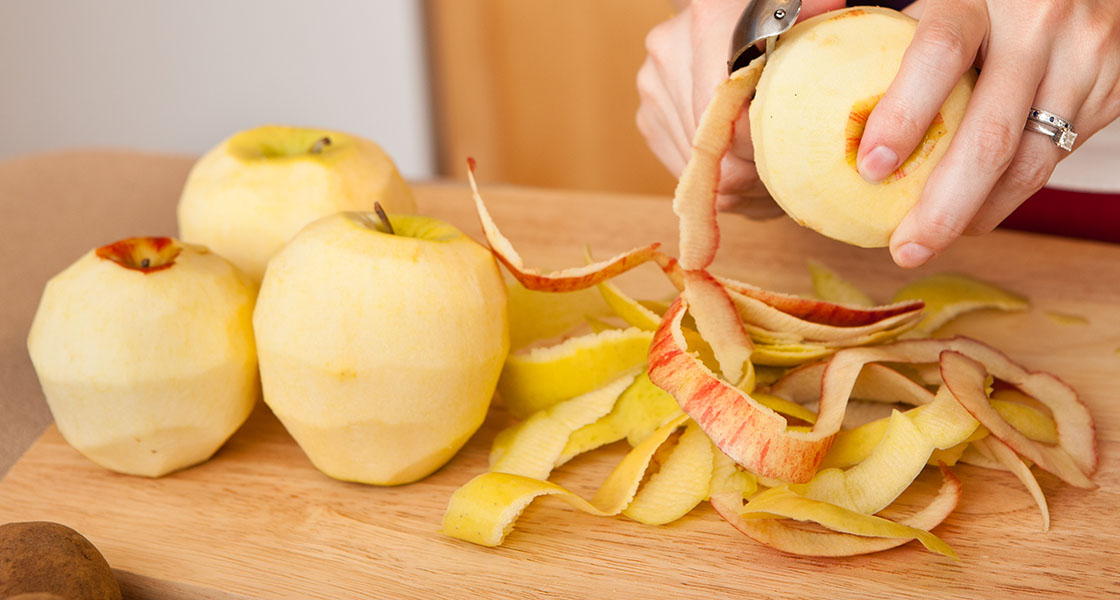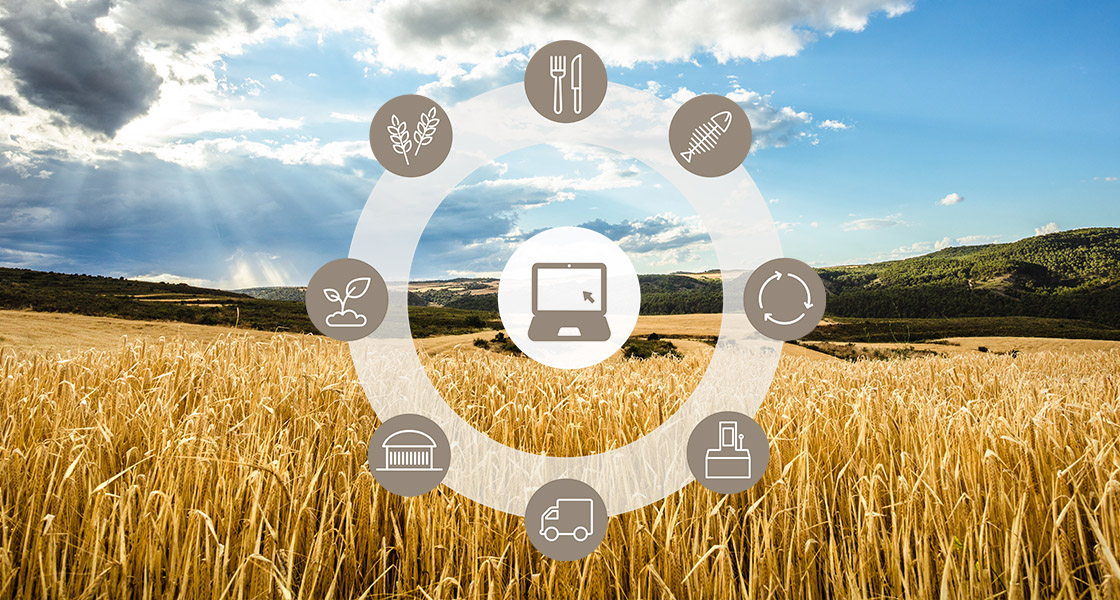© 2025 ALL RIGHTS RESERVED
Axibo
axibio.fr
Axibio, a France-based company, provides biowaste management solutions, helping municipalities comply with the European Union’s biowaste disposal requirements and enabling households to become active participants in the circular economy.
Axibio wanted to connect its proprietary smart biowaste collectors to the cloud to enable both municipalities and resident households to track biowaste disposal at an individual level, and steer waste disposal practices towards an “Earn as You Throw” model where individuals can be rewarded for their ecologically conscious behavior.
In 2018, the European Parliament ratified the Circular Economy Package (CEP), which would require all member states of the European Union (EU) to follow a set of prescribed rules and procedures aimed at increasing recycling and phasing out landfilling. These new rules have important implications for the handling of municipal waste, which includes everything from household to restaurant waste.
In particular, the legislation placed special emphasis on biowaste, which can be recycled into biomethane and compost. As per the provisions of the CEP, municipal authorities in member states would need to ensure that biowaste from households is separated from other forms of household waste by 2023.
In this new regulatory landscape, Axibio, a French company providing biowaste management solutions, was uniquely positioned to help municipalities comply with the new requirements and enable households to become active participants in the circular economy.
Axibio has developed the Gaïabox™, its proprietary smart biowaste collector, which is powered by solar panels. These Gaïaboxes, scattered across residential areas, enable households to conveniently dump their biowaste such as food scraps and other compostable items. The real value of the Gaïaboxes, however, lies in their waste valuation capabilities. The Gaïabox can determine the weight of the biowaste collected every time someone uses it, and then record this data to the user’s account. The data is subsequently fed into Axibio’s web app, where users can log in and track their activity – they can find out exactly how much biowaste they disposed of and when.
Indeed, the ability to monitor biowaste disposal at an individual level not only incentivizes individuals to become proactive participants in the circular economy, it can also be used by municipalities to offer rewards and credits to households and businesses for the role they play in the circular economy. This technology signals an important economic and cultural shift in waste disposal practices by replacing the antiquated “Pay as You Throw” model, where individuals are charged for the amount of garbage they generate to the “Earn as You Throw” model, where they can be rewarded for their ecologically conscious behavior.
Once the biowaste is collected in the Gaïabox, it is picked up and transported by trucks to the nearest Gaïacenter, a dedicated facility where an Axibio biowaste separator reduces the biowaste to biomass. This biomass is subsequently transported to a recovery site, where 10 percent of it is converted into biomethane (refined biogas) and the rest becomes organic compost. According to Axibio, for every ton of biowaste collected, 72 liters of fuel can be generated from the resulting biomethane.


To realize these benefits, however, Axibio had to find a way to extract, process and communicate the data from its Gaïaboxes to the cloud where its web application could receive it. In other words, it had to connect its Gaïaboxes to the cloud.
For original equipment manufacturers, IoT projects can be daunting. Original equipment manufacturers already have expertise in hardware design, control engineering and physical security; when it comes to building web applications to provide services to their customers, they can hire highly skilled cloud developers.
The challenges, however, lie in the complexities involved in facilitating and then
controlling the flow of data from their equipment to the cloud:
The chief constraint in an Industrial IoT project is the IoT infrastructure that lies between the industrial asset and the cloud – it is the process of actually getting accurate and valuable machine data to the cloud that is their blind spot. Indeed, the biggest challenge lies in building out the IoT infrastructure itself – stringing together edge devices with cellular networks and the cloud in order to build a working IoT infrastructure, is a protracted process that can take many months, if not years.
Even the process of choosing different types of IoT solutions from vendors requires prior experience with the Industrial IoT. Any company embarking on an Industrial IoT project would have to contend with a range of complex decisions – it would need to find answers to questions such as which protocols to use between the edge and the cloud, what firmware to run at the edge to extract accurate data from the asset, how to upgrade software over the air, how many megabytes of data to send to the cloud, how to secure wireless communications and choose between a private and a public access point name (APN), to name only a few. Realistically, these questions cannot be answered unless the company has expertise in all three arenas: Operational technology (OT), information technology (IT) and telecommunications.
Extracting machine data from the sensors in industrial assets comes with inherent difficulties; for instance, industrial assets don’t come with the same control protocol or the same variety of sensor. There is no one-size-fits-all technology that embedded and cloud developers can use to extract data from industrial assets.
Getting the right data at the right time, with the right priority to the right system is challenging. Processing and filtering the data on the cloud isn’t enough – companies like Axibio, which have a large number of machines deployed across multiple locations, need to be able to process data at the edge as well (before the data enters the cloud application). Processing data at the edge, however, requires specialized knowledge and is difficult to facilitate in a scalable way.
The Gaïaboxes are powered by solar panels, which makes it necessary to optimize power consumption. Axibio had to contend with the possibility that the edge devices could end up consuming too much power – it not only had to account for power consumed as a result of aggregating and filtering data such as user ID, waste weights, machine status at the edge, but also the impact on power consumption from uploading this data to the cloud. Likewise, the process of downloading data, such as whitelists of authorized users, from the cloud to the edge also consumes power.
It can be very difficult to estimate costs for cellular connectivity. Standard cellular plans are designed around megabyte consumption and for a company embarking on an IoT project for the very first time, it’s hard to estimate precisely how many megabytes of data their assets would be transmitting to the cloud on top of the payload – for example, consider the overheads stemming from authenticating the device on the network and in the cloud, securing the communication channel with appropriate protocols, and applying data compression algorithms. Further, the amount of data that needs to be transmitted, tends to change as business considerations change over time.
Octave makes it very easy for our developers to make changes to data processing rules at the edge. The ability to easily change edge processing logic on an immediate and ongoing basis is unprecedented.
Pierre-André Galy,
Co-Founder and Chairman, Axibio
As the only all-in-one edge-to-cloud solution for connecting industrial assets to the cloud, Octave freed Axibio from the complexities of their IoT project. It allowed Axibio to shorten its to-do list. By offering edge devices, wireless connectivity, and cloud APIs under a single solution, Octave enabled Axibio to scale quickly, accelerate their time to market, and, more importantly, focus on the thing that matters most – relevant and meaningful data about their business.
With Octave, developers can extract data from a variety of sensors, microprocessors and automation protocols. And once the data is on Octave, it is normalized regardless of how it was extracted.
With Octave, Axibio can change data processing rules both at the edge and in the cloud as and when it wants. It allows developers to process, analyze and act on data, both at the edge and on the cloud, using a common JavaScript framework. Octave’s unique ability lies in the flexibility that it brings in making immediate and real-time changes to data processing rules at the edge. Usually, processing rules are hardcoded at the edge; without Octave, Axibio would have had to develop a new firmware, compile it and deploy Firmware Over The Air (FOTA) to make any changes to its machines’ edge processing logic.
The ease of making such changes allows Axibio to change the mission profile of its machines to meet changing needs. Consider the following situations, where this flexibility enables Axibio to operate their Gaïaboxes with more agility.
Octave creates a flexible link between our web applications and our Gaïaboxes in the field. Hence, it gives us an infinity of potential applications for a minimum of development.
Pierre-André Galy,
Co-Founder and Chairman, Axibio
Octave comes with new cellular LPWA (Low Power Wide Area) technologies that offer a more power-efficient framework for IoT connectivity than legacy technologies. Octave also supports legacy 2G cellular networks, ultimately offering the unbeatable value proposition of connecting to the best available network at any place.
Compared to cellular carriers, Octave offers a pricing model that is more flexible and better aligned with the needs of companies like Axibio. With Octave, pricing isn’t based around megabytes – rather, customers pay based on the number of messages and data points they want transmitted to the cloud.
In conclusion, it was Octave’s unique ability to orchestrate data from the device to the cloud and simplify IoT development that helped Axibio connect its Gaïaboxes to the cloud.
Axibio
EMEA
France
Industrial Asset Management
Octave™
All-in-one Edge-to-Cloud Solution
© 2025 ALL RIGHTS RESERVED